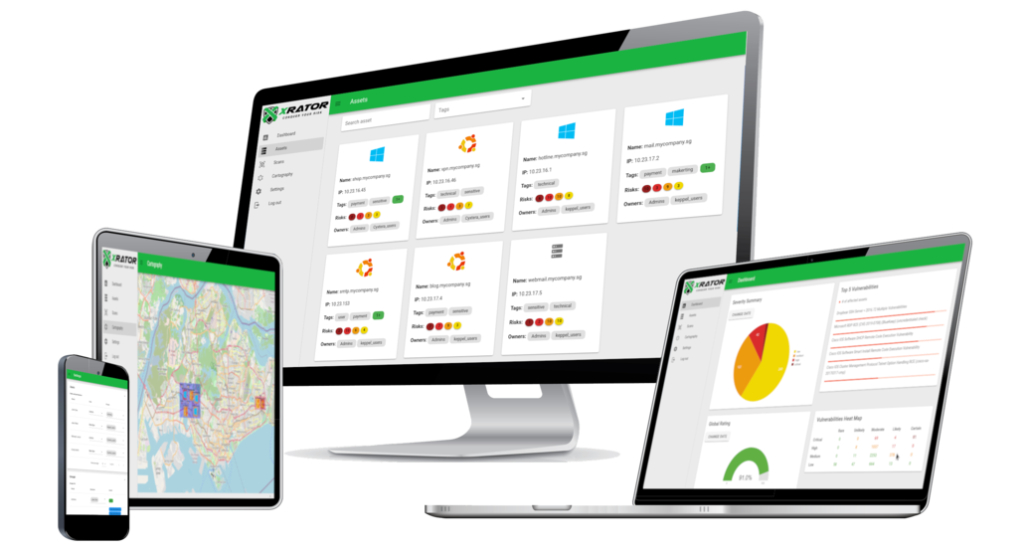We tell you where, when and how you will be attacked
XRATOR continuously identifies your organization’s internal and external vulnerabilities, assesses associated business risks, and manages your cybersecurity posture to ensure alignment with your strategic objectives, compliance requirements, and the evolving threat landscape.

IT Security Teams are often swamped with managing expansive attack surfaces and juggling numerous vulnerabilities, which can overshadow strategic risk management efforts. The real challenge lies in effectively identifying, prioritizing, and mitigating vulnerabilities before they become exploitable threats.




Scot Mason – CISO

Our ecosystem











The Cyber Essentials, delivered by Singapore Cyber Security Agency, recognize that the XRATOR has put in place good cyber security practices to protect our operations and our customers against cyber-attacks.
Recognized by the Label Initiative Remarquable, XRATOR stands out for its responsible business practices and Corporate Social Responsibility commitment to societal, environmental, and local economic improvement.
|
|
